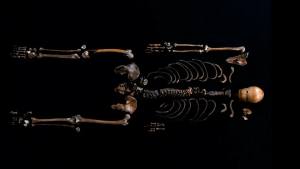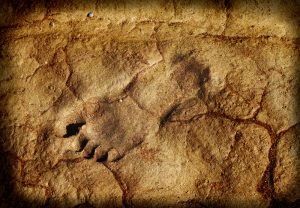Meet the Cloned Wolf Pups Made from 13,000-Year-Old DNA
Others are reading now
For decades, scientists have dreamed of bringing extinct animals back to life. That dream is now one step closer to reality.
A biotech company in Dallas, Texas, claims it has successfully created three wolf pups with features of the long-extinct dire wolf, according to WP.
The pups are named Romulus, Remus, and Khaleesi. Their birth was announced on April 8 by Colossal Biosciences.
The company says the animals were made using advanced genetic editing and cloning methods.
Also read
Many online users immediately compared the pups to the huge wolves from the show Game of Thrones.
In that story, the direwolf is a powerful creature linked to the Stark family. These real-life pups may not be quite as mythical, but their creation is just as striking.
Dire wolves once roamed large parts of North and South America. After they went extinct, scientists found their remains across the continent.
Colossal’s team studied DNA from ancient bones, including a 13,000-year-old tooth and a skull estimated to be 72,000 years old.
Cloned by Using Dog Surrogates
Using that DNA, they reconstructed the genome and identified key traits that made dire wolves different from modern gray wolves.
They then used gene editing to insert these traits into cells from living gray wolves. The edited DNA was placed into eggs from domestic dogs.
Those embryos were carried by surrogate dog mothers and were born 62 days later.
This is the first time scientists have managed to bring back animals with no living relatives or gene pool.
TIME magazine recently visited the two male pups, Romulus and Remus, at a secret location. The third pup, Khaleesi, is still too young for public appearances.
In a post online, Colossal shared a recording of the pups howling. They called it the first sound of a dire wolf in 10,000 years.
Colossal now hopes to use similar methods to bring back the woolly mammoth by 2028.
The company says their work could also help save endangered species and support wildlife conservation efforts.



